Herbs That Grow Well in Zones 5 and 6?
eibren
15 years ago
Featured Answer
Sort by:Oldest
Comments (11)
brendan_of_bonsai
15 years agolast modified: 9 years agogringojay
15 years agolast modified: 9 years agoRelated Discussions
Can I manage a zone 6 or 5b rose in zone 5?
Comments (29)Dcrosby, You may be right at the edge of zone 5/6. Check the map here. If you are still zone 5, you just need to do some winter protection. It should be fine. Climate affects disease susceptibility. In dryer, more arid climate like AZ or CA, they don't have to deal with fungal disease like we do here in humid East Coast. When you read people's recommendations, you want to see where they live. Different climate gives different results to the same rose variety. Spraying for roses every week or every two weeks is not my kind of fun (anymore). I didn't even want to smell the blooms after I sprayed the bushes. Now I don't spray, most of my roses esp. Austins look naked by mid summer. Here is a link that might be useful: MA new plant hardiness zone map...See Moreany borderline zone 5/6 grow Safrano?????
Comments (6)Thanks so much Ann, Zak and everyone responding! Yes, I was originally thinking that styrofoam is essential for those teas, but if it needed any electrical wiring system, knowing my luck and common sense, I'd probably cause a fire, lol! And as Ann says, it may survive one winter but consecutive winters is a problem and yes Kansas does get very, very windy! I didn't think of this and thanks! The only respite is that the raised porch, trees and house help buffer that wind. I will be curious Maureen if your Lady Hillingdon survives. RU says that there is a Marie Van Houtte which survived a customer's zone 5, Mad Gallica. But yeah, I think Ann is right that in the long haul it's gonna be tough and unlikely...I would end up having to keep replacing roses. But it'd be coool if we just happened to have hardier tea that can put up with our zones. What about Mrs. R B Cant (what RU says may work). Looks like my other choices of the OGRs are far more safe so far because they aren't teas. But is Mrs. B R Cant as fragrant as the ratings say? That's another option I can look into. I will just have to sacrifice my wish for an apricot color....See MoreWhich veggies/herbs can I WS in Zone 5b/6a and when?
Comments (2)Hi, I WS anything in the cabbage(brassica) family. They all will sprout in cool temps, so you will get an early start with them. Lettuce is the same way. I WS herbs, dill, Amsterdam celery, fennel, hyssop, basil, borage, etc. I have Cilantro come back for me, so it winter sows naturally here. It should be able to be WSed. Rhubarb does really well. Peas are direct sowed early so WSing is not necessary. The ones that I know that have a tendency to rot and not germinate are beans and corn. Squash need to be direct sown or transplanted when there are just a few true leaves. If the plants get too big, they don't recover well from transplanting and can be stunted. Eggplant like warm temps to germinate and grow. So even if it does get warm enough to get germination early, cold temps after germination can stunt growth, so it is best to grow them indoors and transplant when night temps stay above 50. Many people here have success WSing tomatoes. I can't comment on that. I grow them indoors because I keep track of each variety and transplant them into single cells. It just wouldn't work for me to WS them. Hope that helped some : ) Remy...See MoreHuge rose needed, zone 5 cane hardy, grows to 6x6 or more
Comments (23)Yes, it's the same rose. The year I bought my two I think it was listed as 2.5 feet or something odd. HMF says 3-6 feet, but used to say only 3, I think. But funniest is HMF says Ascot grows up to 18 inches wide--mine is about 7 feet. It's a good thing I just happened to plant the one in the photo in a place with lots of room, but I have had to remove a lavender, dianthus, and will remove another big lavender this spring to make way. It's currently duking it out with a huge snowball bush. Who will win? Diane Ascot in 2013--see how far away the snowball is? The rose is touching it now. The lavender on the right is gone and other will soon be gone; it's being crushed....See Morerusty_blackhaw
15 years agolast modified: 9 years agoeibren
15 years agolast modified: 9 years agofatamorgana2121
15 years agolast modified: 9 years agosimplemary
15 years agolast modified: 9 years agoeibren
15 years agolast modified: 9 years agosimplemary
15 years agolast modified: 9 years agosimplemary
15 years agolast modified: 9 years agofatamorgana2121
15 years agolast modified: 9 years ago
Related Stories
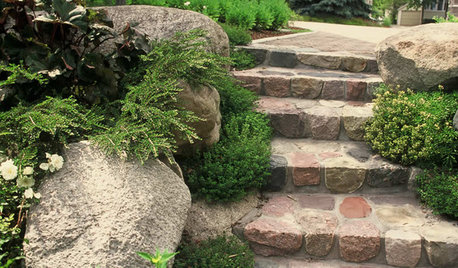
EDIBLE GARDENSHerb Garden Essentials: How to Grow Thyme
Common thyme and its flavorful cousins are anything but ordinary in the garden
Full Story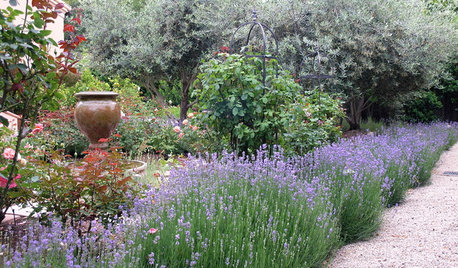
FLOWERSHerb Garden Essentials: Grow Your Own Fragrant Lavender
This do-it-all plant is ideal for almost any garden, and its uses are abundant around the home
Full Story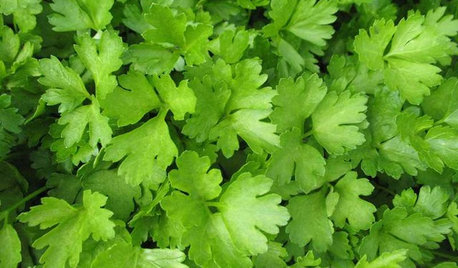
EDIBLE GARDENSHerb Garden Essentials: Grow Your Own Parsley
Mere garnish no more, parsley comes in flavorful and interesting varieties to decorate the garden and jazz up your cooking
Full Story0
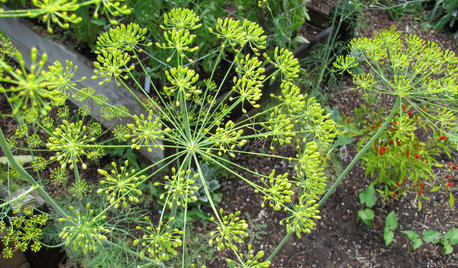
EDIBLE GARDENSHerb Garden Essentials: Grow Your Own Tasty, Frilly Dill
Flavor your food and attract butterflies with easy-care (and pretty) dill in the garden
Full Story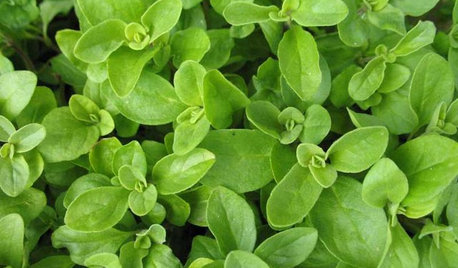
EDIBLE GARDENSHerb Garden Essentials: Grow Your Own Oregano and Marjoram
Say 'buon giorno' to classic Italian herbs you can grow just as easily in pots as in the summer garden
Full Story
SUMMER GARDENINGHow to Grow Basil
Bright color, quick growth and endless uses for cooking make this summer annual a winner in the garden or a pot
Full Story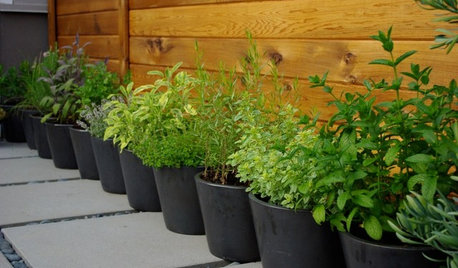
GARDENING GUIDES6 Ways to Grow Edibles in Small Places
No big backyard? Join in the grow-your-own fun with these small-space ideas for planting vegetables, fruits and herbs
Full Story
CONTAINER GARDENS8 Easy Container Plants to Grow From Seed
Get beautiful blooms and herbs in summer by starting these choice garden picks from seed in spring
Full Story
GARDENING GUIDESYes, You Can Grow an Edible Garden on a Hot, Dry Site
Difficult garden spots don’t need to deter you from planting trees, herbs and other delicious food plants
Full Story
FARM YOUR YARD6 Things to Know Before You Start Growing Your Own Food
It takes time and practice, but growing edibles in the suburbs or city is possible with smart prep and patience
Full StoryMore Discussions



dral